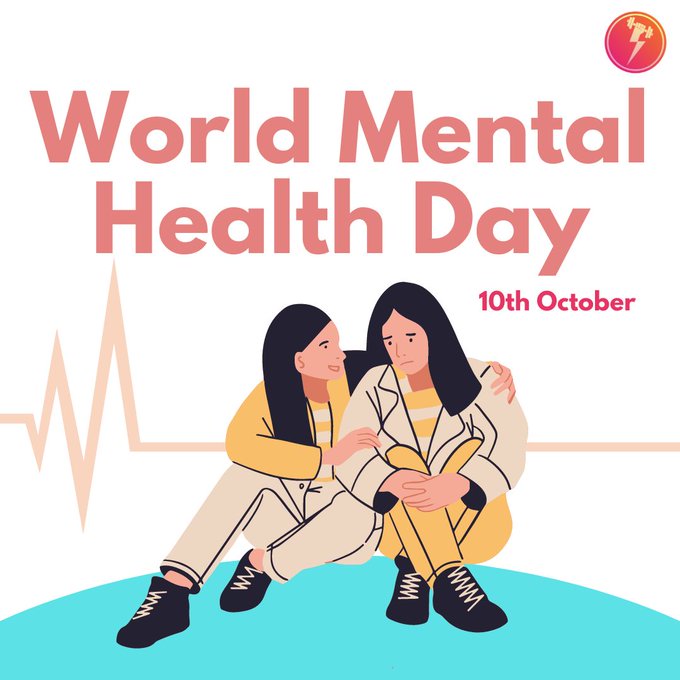Why Muscles Get Sore in Fitness
Understanding Muscle Soreness: Why It Happens, How to Ease the Pain, and Recover Faster
"Muscle soreness occurs because muscle and the connective tissue around it get damaged during exercise," says Dr. Hedt. But rest assured, this is quite typical and not cause for concern. In actuality, because muscle is strengthened during this healing process, it is necessary for muscle growth."
Recognizing Age-Related Muscle and Joint PainIt's normal to have an increase in aches and pains in our joints and muscles as we age. Commonplace tasks, such as stooping to retrieve the morning newspaper, might unexpectedly cause discomfort. Although it may seem as though the source of our discomfort is deep within our bones, Johns Hopkins Medical School research indicates otherwise. Rather than the joints or bones themselves, the muscles and connective tissues that move our joints are frequently the real cause of stiffness and pain.
The Value of AdaptabilityThe range of motion that a joint has, from entirely moving in one direction to fully moving in another, is referred to as flexibility. The joint is more flexible the wider this range spans. Your hip joints are flexible enough if, for instance, you can bend at the hips and touch your toes. However, flexibility is more than just your ability to stretch; it's also your ability to move your joints with ease and effectively with minimizing strain or energy expenditure.
Flexibility is limited in different ways by different muscles and joints.
For example, the range of motion of the elbow and knee is clearly limited by their bony structures. The muscles and connective tissues in other joints, such as the ankle, hip, and back, are what limit movement. We may lose part of that potential if we don't consistently use our muscles and joints through their entire range of motion. This can result in stiffness and soreness, which deters further movement and feeds the vicious cycle of discomfoWhy Growing Older Makes Us Feel More Pain Our connective tissues and muscles lose some of their flexibility as we age. It doesn't move as smoothly as it used to, like when you try to open a gate with a rusty hinge because of its stiffness. Muscles that aren't frequently used may shorten and cause uncomfortable and annoying cramps and spasms. Long-term immobilization of muscles can potentially alter the biochemistry of the tissue, increasing the likelihood of pain.
Typical Reasons for Muscle Pain
Muscle aches can be caused by a variety of things. These are a few of the most typical ones:
Excessive exercise:
The adage "No pain, no gain" has led a lot of people to overexert themselves because they think that working out hard is the fastest route to becoming in shape or losing weight. But overdoing it can result in aching muscles. Excessive use of muscles and connective tissues leads to strained and uncomfortable conditions.
Growing Older and Sluggish:
As we age, connective tissues such as ligaments, tendons, and fascia lose some of their flexibility. Stretching tendon, which joins muscle to bone, is very challenging. Although Fasciae, which envelope and connect muscles, are more easily stretched, they have the potential to shorten if not often manipulated. This causes aches and pains by applying pressure on nerve pathways.
Immobility:
The splinting reflex is the body's natural reaction to aching muscles, which involves immobilizing the affected area. The muscles tighten because of this reflex, creating excruciating agony. The muscle becomes even more immobile because of the first soreness, making it tighter and causing more pain. In certain places, like the lower back, this cycle is typical.
The Spasm Theory:
Studies conducted at the University of Southern California have looked into the relationship between pain and muscular spasms. Researchers discovered that painful or strained muscles produce more electrical activity than calm muscles using equipment to assess electrical activity in muscles. By reducing electrical activity and relieving discomfort, stretching these muscles gave rise to the "spasm theory." This hypothesis states that overworked muscles, particularly those employed in odd positions, get tired and sore, which results in chronic muscle discomfort.
The lesson:
Pay attention to your body
Not everything of the saying "No pain, no gain" is accurate. Remaining active through regular exercise within a typical range is more vital than occasionally pushing yourself too hard. It's important to know the limits of your joints and muscles in order to prevent needless discomfort. As you age, regular, moderate exercise can help you keep your flexibility and lower your risk of developing muscle and joint pain.





